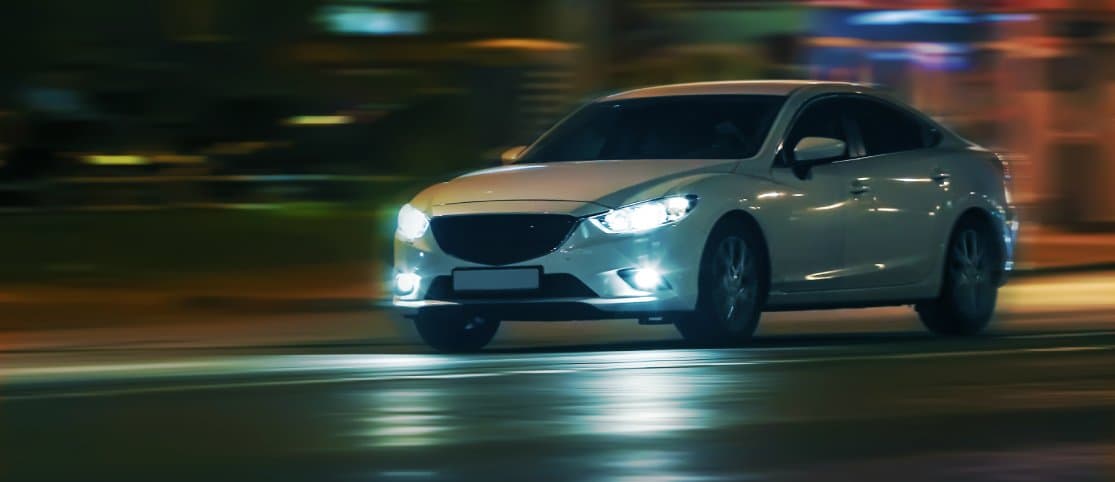How to Ensure Your Safety While Driving at Night?

It would seem that the night is a convenient time for driving. There are few pedestrians, cyclists, and motorcyclists on the roads, and there are almost no other cars either. But the apparent ease of driving at night is deceptive. The driver faces three problems. They may be feeling sleepy. There is also limited visibility, and the headlights of oncoming cars can be blinding. To safely reach your destination at nighttime, you need to be a well-trained driver and drive in a well-maintained car. If you are renting a car in Dubai, choose a car rental company that gets their cars serviced on a regular basis. Continue reading to learn a few tips on how you can drive safely at night.
Preparing the Car for Night Driving
If you are planning to go on a long trip, you must check that the Headlights, brake lights, position lights, wipers, and horn must be in good working order. Headlights and mirrors must be clean. Check and refill oils and fluids if necessary. Doing this at night on the road will be problematic.
You should always have a spare wheel and a jack in your car, especially if you are driving at night. Preparing for the trip will not take much time but will make driving safer and more comfortable at night.
Don't Drive Too Fast
The empty roads may entice you to drive speedily on the roads. However, keep in mind that other drivers may be driving recklessly, and a car could appear from any corner at any time. Don't risk your and other people's lives. The speed limit should not exceed 50 km/h, and on suburban roads - 90km/h. At night, overtaking is more difficult than during the day; hence avoiding frequent lane changes and maneuvers is best.
Have a Clear Route
Unexpected turns on an unfamiliar road are unpleasant during the day but are doubly dangerous at night. Particular care should be taken when driving on roads with narrowed carriageways or fences because, at night, people's perceptions of the size of objects are less accurate than they are during the day. When driving on bridges, a driver's vision is obscured by the headlights of oncoming traffic, making it difficult to determine the distance to the fence and its dimensions. As a result, it is not uncommon to collide with a curb or see a car exit the road.
Driving in Populated Areas
Driving in crowded regions along boulevards, public transportation stops, and other places where there is a high possibility of pedestrians on the road requires extra caution. Pedestrian crossings pose an additional risk to drivers because pedestrians miscalculate the distance to a moving car and the speed with which it moves at night. The same can be said for public transportation stops, where it is difficult to predict pedestrian behavior at night, particularly on unlit streets. The situation is exacerbated by the fact that a pedestrian illuminated by headlights believes he is clearly visible to the driver of the car, which is not always the case.
Exterior Mirrors Should Be Cleaned and Adjusted
Like dirty windscreens, dirty mirrors reflect and skew light, jarring the driver. Also, position the mirrors to deflect the majority of the light reflected in them. It is suggested that the surface of the mirrors be angled slightly downward. With your head slightly tilted forwards, you will be able to see cars behind you, but you will not receive any light from their headlights.
